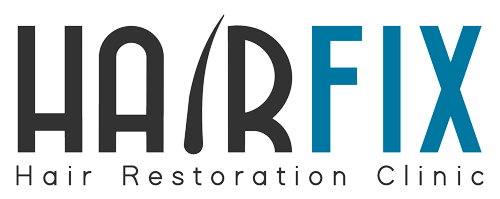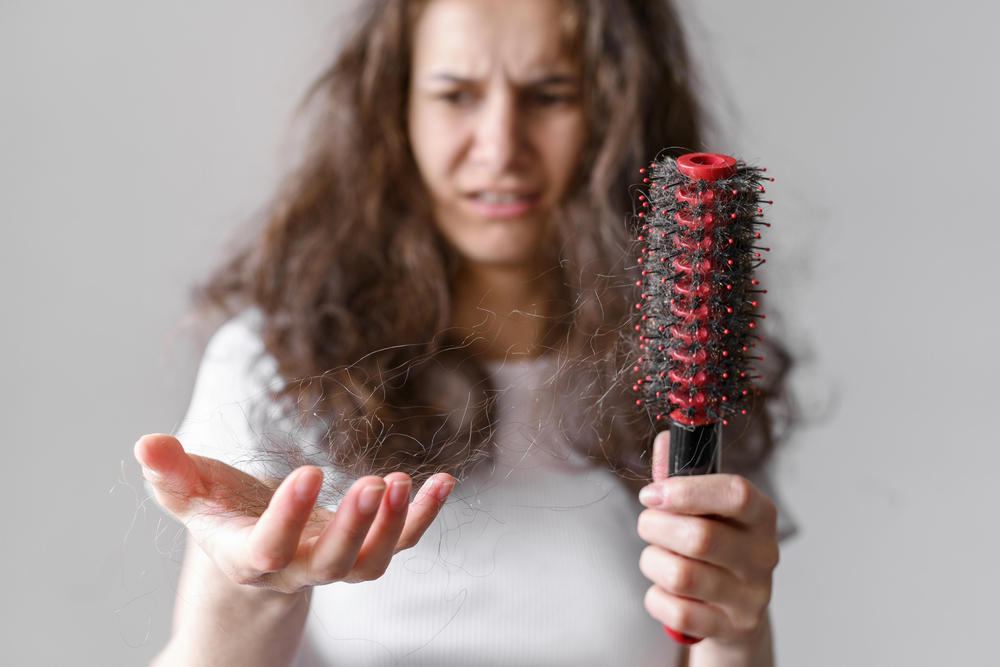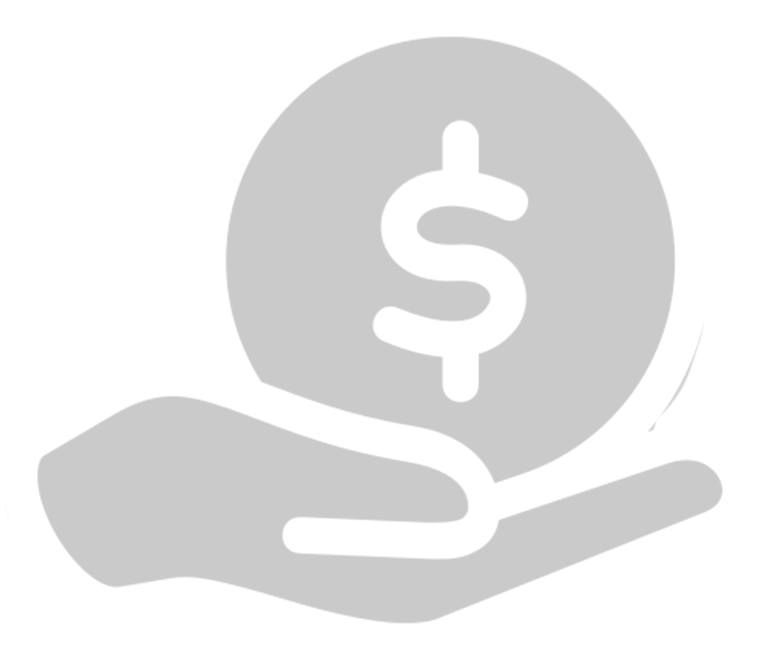Postpartum hair loss is more common than most women think. While the loss is temporary, it can still be unnerving. Knowing why postpartum hair loss happens and how to treat it effectively will arm you with the information you need should it happen to you!
Tabla de Contenidos
Defining Postpartum Hair Loss
Telogen Effluvium or Postpartum hair loss happens to women who have given birth.
Most people have between 100,000 and 120,000 hairs on their head and lose approximately 100 hairs a day. In postpartum hair shedding, you lose over one hundred hairs daily. Some women worry it will affect their infant’s hair, but that is not true. Post-pregnancy hair loss only affects the mother!
Most women experience some hair loss after pregnancy, but postpartum hair loss is more noticeable and typically involves a greater amount of hair. It can be concentrated in one spot or all over your head.
About three months after giving birth, you may notice hair on the floor of the shower, find a full strand of hair in your brush, or discover your hair on the pillow in the morning. Hair loss is temporary and usually resolves within about six months after giving birth.
Understanding Hair Growth
Hair growth starts in the hair follicles on your scalp. This process of growing hair and shedding it goes on throughout your life. Postpartum women lose much more hair than usual. They are already anxious with a newborn, and hair loss only makes it more stressful. The hair loss is temporary, but it can shake a woman’s self-esteem.
Hair grows in a continuous three-phase cycle. Eighty-five to ninety percent of hair is grown in the first phase (Anagen phase). The hair follicles shrink in the second phase (Catagen stage). In the third phase (Telogen stage), the hair rests for approximately three months. The follicle then releases the hair, allowing it to fall out.
Postpartum Hair Loss Symptom
There is only one symptom, hair loss. Your gynecologist will diagnose it when you give birth, and you tell them your hair is falling out. There are no tests that can diagnose it.
Causes of Postpartum Hair Loss
Postpartum hair loss is treated by addressing its cause. The goal of post-pregnancy hair loss treatments is to restore the hair to its former fullness and stop the shedding.
Estrogen Levels
Changes in estrogen levels after pregnancy are the primary cause of hair loss. Estrogen levels peak in the third trimester, giving you a head full of thick, beautiful hair. The increase prevents the shedding. Once you give birth to that beautiful baby, the estrogen level drops, and three months later, you have postpartum hair loss.
Iron Deficiency
Iron deficiency, also known as Anemia, is fairly common in pregnant women. The body increases the blood volume to ensure there is enough for you and the baby. Sometimes, there are not enough red blood cells to carry oxygen to you and the baby, and you develop iron deficiency anemia. This is one of many reasons you should eat a well-balanced diet during pregnancy. This lack of red blood cells, which carry oxygen, can cause the hair to thin out.
Many women are at risk and don’t know it if they have a history of heavy periods or anemia. Eat an iron-poor diet, vomit frequently during morning sickness (or sickness in the afternoon or evening!), or have been pregnant with more than one baby in a short period of time, you are at a higher risk for an iron deficiency.
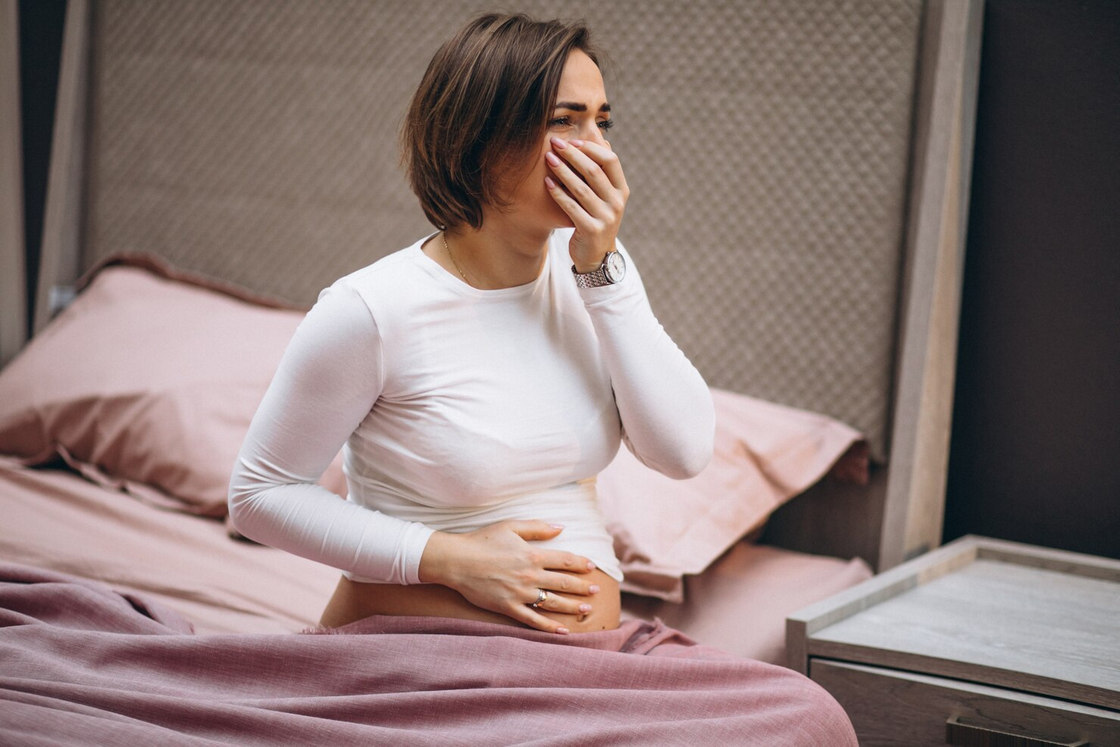
Unfortunately, Iron deficiency anemia also causes dizziness, fatigue, headaches, pale skin, shortness of breath, and weakness. Interestingly, it also causes a craving for ice cream (with or without pickles!). It also causes pica, a craving for substances that are typically not eaten, such as dirt or coins.
In extreme anemia, your blood pressure becomes low, your heartbeat increases, and it isn’t easy to concentrate. If you have any of these symptoms, contact your doctor immediately. They can do a blood test and prescribe an iron supplement.
Hypothyroidism
In women who have hypothyroidism, the thyroid gland doesn’t produce enough thyroid hormones. Approximately three out of every 100 women suffer from this condition. Hair loss is one of the most prominent symptoms of this condition. Others include fatigue, weight gain for no apparent reason, constipation, difficulty concentrating, muscle cramps, and changes in the skin. Because these symptoms are extremely similar to anemia, it is often undiagnosed in pregnant women. If your doctor suspects you have hypothyroidism, they will order a blood test and treat you based on the results.
Postpartum Hair Loss Treatments
Post-pregnancy hair loss treatments are designed to slow down the current shedding and thicken your existing hair, making hair loss less noticeable. Unfortunately, there is not a way to prevent postpartum hair loss.
Volume Shampoo and Conditioner
Washing your hair and conditioning with volumizing hair products can add body to your hair, making hair loss less noticeable.
Eat a Well-balanced Diet
Eat a well-balanced diet rich in iron, fiber, and nutrients. Natural sources of vitamins and minerals are preferable to supplements. The fiber will eliminate constipation, and you and the baby will be much healthier.
Stay Hydrated
There is no substitute for water and the benefits it offers your body. Water increases your blood volume and keeps your hair from becoming brittle. Healthy hair shines!
Be Gentle with Your Hair
Whether you are washing, drying, or styling your hair, don’t yank the hair—no tight ponytails and only dry on the cool setting. Pulling and being rough with your hair can lead to increased hair loss.
Get a Flattering Hair Style
Getting a cut or style that camouflages your hair loss can make your hair look fuller. The baby will monopolize your time, so getting a style that is easy to maintain will make you feel good about your appearance and the time it saves you on your hair care routine.
Hair Mesotherapy for Post-Pregnancy Hair Loss
Hair mesotherapy is performed using microinjections of a specialized formula to enhance the scalp’s microcirculation to feed the hair follicles. As a postpartum hair loss treatment, it rehydrates your scalp, increases your hair’s density, and reduces the appearance of thinning hair. Mesotherapy as a post-pregnancy treatment offers advantages to your hair and scalp.
Each mesotherapy session lasts approximately 30 minutes. Once the treatment is completed, you should avoid direct sunlight, wear caps or hats, minimize exposure to humidity, and refrain from physical exertion.
Once you understand postpartum hair loss and its treatments, you will be able to do as much as possible to ensure your hair loss is minimized and your hair will return healthier and fuller.
Our experts at HairFix Mexico provide the newest, high-quality hair lose treatments and hair transplants. We offer the same treatments offered globally at reasonable rates. If you’re wanting the latest in hair treatment solutions, fill out this form today to schedule your free consultation today! It is never too late for beautiful healthy hair!
Each session lasts about 30 minutes. After treatment, avoid direct sunlight, wear caps, minimize humidity, and refrain from physical exertion.
